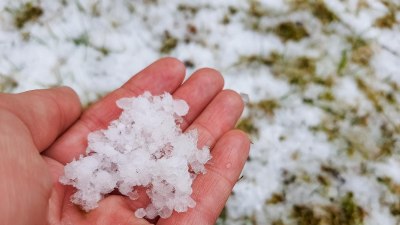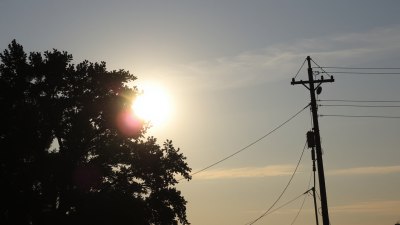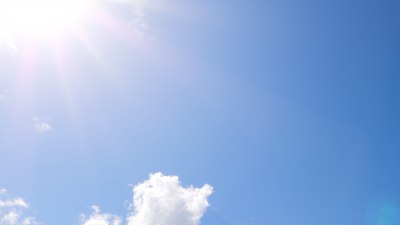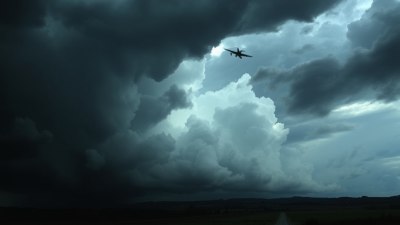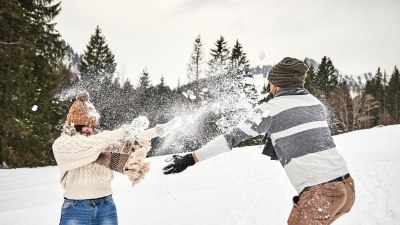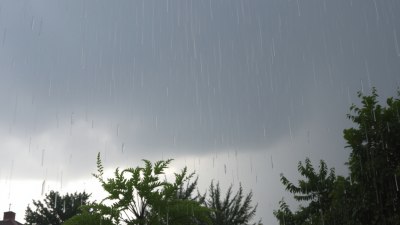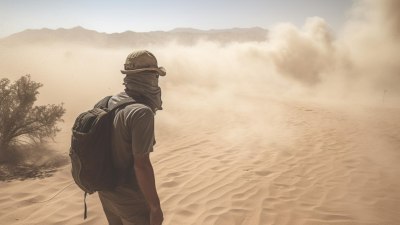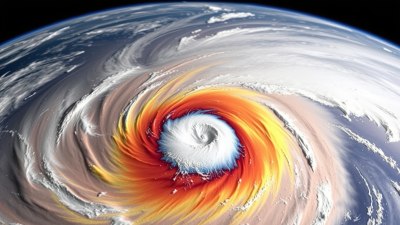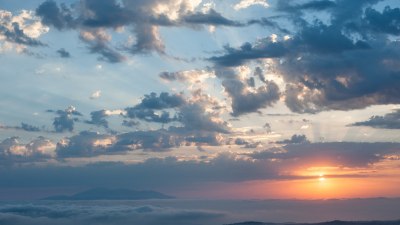What Causes a Rare Polar Stratospheric Cloud
Explore the fascinating phenomena of polar stratospheric clouds, their formation, and impact on the environment.
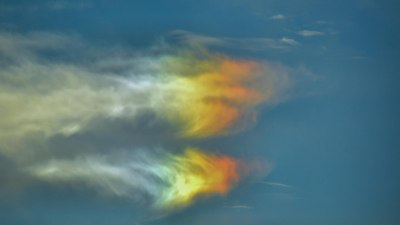
Polar stratospheric clouds (PSCs) are remarkable and rare atmospheric phenomena that occur in the stratosphere over polar regions during winter. While they are not commonly observed, they play a vital role in atmospheric chemistry and can significantly affect the environment. These clouds are categorized as nacreous clouds, known for their iridescent colors, which result from the scattering of sunlight by the tiny ice crystals contained within them. Understanding the conditions that lead to the formation of PSCs is essential for grasping their implications on the ozone layer and climate.
The Basics of Polar Stratospheric Clouds
To explain what causes polar stratospheric clouds, we first need to discuss their fundamental characteristics. PSCs typically form at altitudes ranging from 15 to 25 kilometers (9 to 16 miles) above the Earth's surface, where temperatures are exceedingly low—often dropping below -78 degrees Celsius (-108 degrees Fahrenheit). These clouds predominantly appear in the Antarctic region but can also be found in the Arctic. Their formation is intimately linked to the winter stratospheric temperatures and the presence of specific chemical compounds.
The Role of Temperature
One of the primary requisites for the formation of polar stratospheric clouds is extremely low temperatures. During the polar winter, the persistent darkness causes the stratosphere to cool. When temperatures fall sharply, the atmosphere's ability to hold water vapor diminishes. As a result, excess water vapor condenses into ice crystals, forming PSCs. The stratospheric cooling is most pronounced in areas where the polar vortex—a large area of cold air surrounding the poles—becomes stable and isolated from warmer air masses.
Composition of Polar Stratospheric Clouds
PSCs predominantly consist of ice crystals or supercooled liquid water droplets, depending on the specific atmospheric conditions. Two primary types of PSCs have been identified: type I clouds, which are composed mostly of nitric acid trihydrate (NAT) and ice, and type II clouds, which consist primarily of ice. The presence of these types of clouds is not merely a visual spectacle; more importantly, they contribute to the complex chemistry of the stratosphere, particularly with regard to ozone depletion.
Impact on Ozone Depletion
The interaction between PSCs and ozone is a significant area of study within atmospheric science. Chlorine compounds, particularly chlorofluorocarbons (CFCs), are broken down by ultraviolet (UV) light in the stratosphere, releasing chlorine atoms that can destroy ozone molecules. During the polar winter, chlorine compounds can be converted into a more reactive form due to the unique conditions present in PSCs. When sunlight returns to the polar regions in the spring, the ice crystals provide a surface for reactions that release chlorine, leading to accelerated ozone depletion.
NASA and Polar Stratospheric Clouds
Nasa's research relating to PSCs has been crucial in understanding their impact on stratospheric ozone levels and climate change. Instruments from satellites such as the Aura spacecraft have monitored PSCs, revealing trends and changes over time. By using data collected from various sources, scientists can build comprehensive climate models that predict the behavior of PSCs under different atmospheric conditions and assess their effects on ozone layer recovery and climate.
Connections to Climate Change
The mechanisms surrounding PSC formation and ozone depletion are increasingly relevant in the context of climate change. As global temperatures rise, the dynamics of the polar regions change in unpredictable ways. For example, warmer temperatures can alter the strength and stability of the polar vortex, potentially leading to less frequent conditions suitable for PSC formation. Conversely, changes in other weather patterns and stratospheric dynamics could contribute to an increase in PSC occurrence in some regions. This complexity makes it challenging to predict the future relationship between climate change and polar stratospheric clouds.
Monitoring and Future Research
Ongoing research into the formation and effects of PSCs is essential for creating a more comprehensive understanding of their role in the atmosphere. Improved observational tools such as ground-based radar and satellite-based imaging systems help track PSC events and their impacts on the stratosphere. Moreover, scientists are continuously refining chemical transport models to simulate how PSCs evolve and interact with other atmospheric layers, enhancing predictions of their influence on climate and ozone recovery.
Final Thoughts
In summary, polar stratospheric clouds are not just a breathtaking natural phenomenon but also play an integral role in the Earth's climate system. Their formation is fueled by extreme cold temperatures, complex interactions of water vapor, and chemical reactions in the stratosphere. Understanding these clouds provides insights into ozone depletion and potential future climate scenarios. Ongoing research will undoubtedly enhance our understanding of these remarkable clouds and their broader implications for environmental science.
